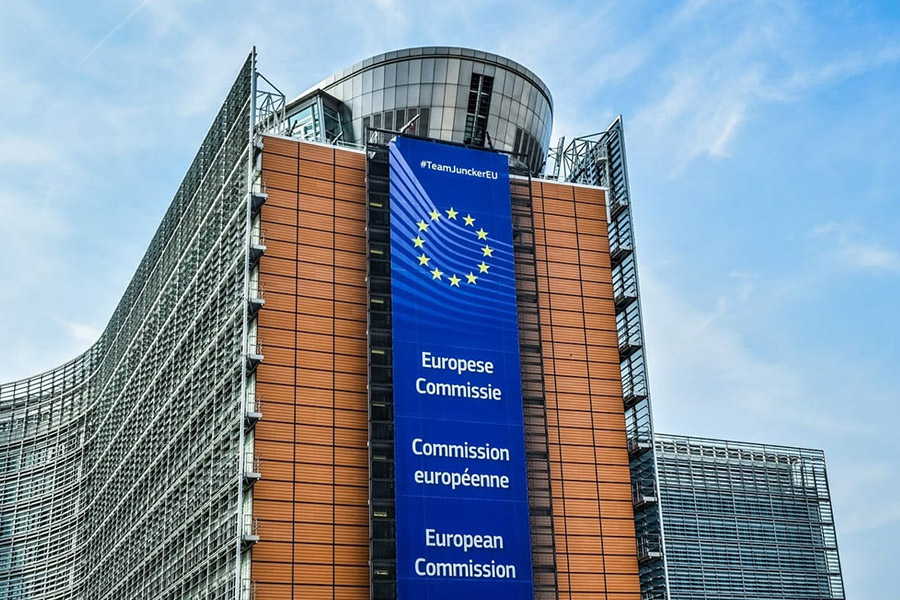The approval in December 2019 of the European Green Deal (Green Deal) and in October 2020 of the Renovation Wave for Europe strategy, have led to a new and in-depth review of the European Energy Efficiency of Buildings Directive (EPBD).
This review is based on the assumption that buildings are responsible for 40% of energy consumption in the EU and 36% of greenhouse gas (GHG) emissions, while only one percent of the building stock is rehabilitating every year (considering that rehabilitation processes improve energy efficiency and reduce the level of emissions).
The main objective is to reduce GHG emissions and energy consumption in the EU construction sector by 2030, and to make it climate neutral from 2050. It also aims to renovate less efficient buildings and improve the exchange of information on energy performance.
EL objetivo principal es la reducción de las emisiones de GEI y del consumo de energía en el sector de la construcción de la UE para 2030, y hacerlo climáticamente neutro a partir de 2050. También persigue renovar los edificios menos eficientes y mejorar el intercambio de información sobre el rendimiento energético.
Por otra parte, la norma ISO/TS 18178:2018 Glass in building — Laminated solar photovoltaic glass for use in buildings, especifica requisitos sobre la apariencia, durabilidad y seguridad, además de los métodos de diseño y testeo del vidrio laminado fotovoltaico para aplicación en edificios.

Among the specific measures approved we highlight
- All new buildings must be climate neutral from 2030 (2028 for public buildings). Technologies such as BIPV, energy storage or energy saving measures such as improvements in insulation are key to achieving these objectives in new construction and rehabilitation, through the replacement of conventional construction materials with materials with a high degree of recyclability. and lower emissions in its life cycle.
- Residential buildings: Member States will adopt measures that guarantee a reduction in the average primary energy used of at least 16% by 2030 and between 20 and 22% by 2035. This measure is mainly aimed at the reduction of fossil fuels.
- Non-residential buildings: Member States will be obliged to renovate 16% of the least efficient buildings by 2030.
- Solar energy installations: If technically and economically appropriate, Member States will have to implement solar installations on public and non-residential buildings, and on all new residential buildings by 2030.
According to the General Council of Technical Architecture of Spain (CGATE), the transposition of this new version of the Directive into the Spanish legal system or any other European country will bring with it a modification of the Technical Building Code (CTE), to do so ” more demanding”, and “incorporate a greater percentage of renewable energy in buildings”. Therefore, betting on the integration of renewable energies in buildings through BIPV technology is one of the solutions to meet climate and energy saving objectives, in addition to implementing other energy saving and storage systems in buildings. .
Currently, more than 80% of the built stock in Spain is more than 40 years old, which implies the activation of new awareness campaigns among society and the renewal of calls for rehabilitation aid. This applies in a very similar way to the rest of Europe, and new European funds are expected for the implementation of these measures.
Actualmente más del 80% del parque edificado en España tiene más de 40 años, lo que implica la activación de nuevas campañas de concienciación entre la sociedad y de renovación de las convocatorias de ayudas a la rehabilitación. Esto es aplicable de manera muy similar al resto de Europa, y se esperan nuevos fondos europeos para la ejecución de estas medidas.
CONTACT FOR MORE INFORMATION info@birenbipv.es